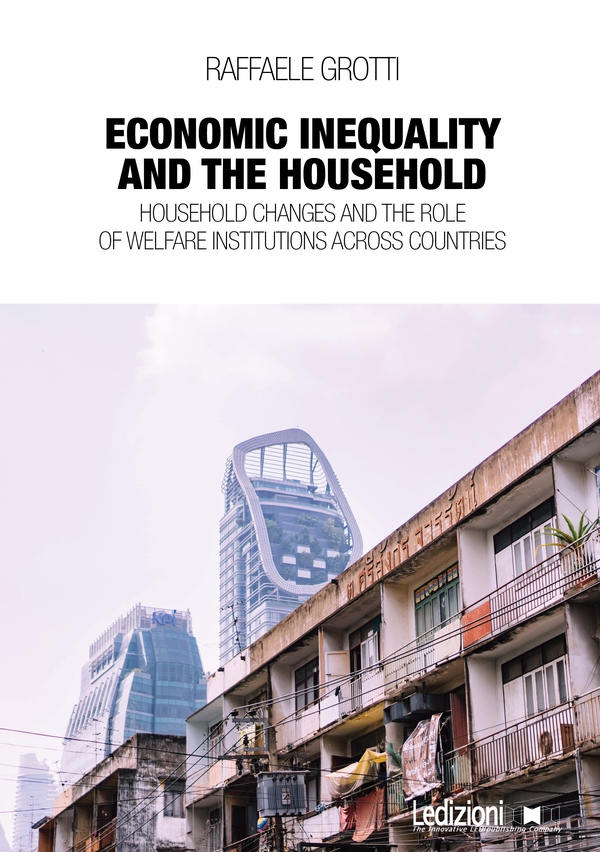Per gli acquisti online: spese di spedizione gratuite da 25€ - Per i soci Coop o con tessera fedeltà Librerie.coop gratuite a partire da 19€.
EBOOK - epub

Economic Inequality and the Household
Protezione:
Social DRM
€ 9,99
Dettagli
| FORMATO | epub |
| EDITORE | Ledizioni |
| EAN | 9788855261807 |
| ANNO PUBBLICAZIONE | 2020 |
| CATEGORIA |
Sociologia |
| LINGUA | eng |
Dispositivi supportati
Computer
E-Readers
iPhone/iPad
Androids
Kindle
Kobo
Descrizione
Concerns about economic inequality can be dated back to the ancient Greece and in the Roman law (cf. Roemer 1996; World Bank 2006), and inequality has continued to be a subject of interest up to nowadays (an example can be found in Van Parijs 1995; 2015).Notwithstanding, the empirical interest on inequality vanished after the WWII. This was a reaction to the decline, and the following stagnation, that income inequality experienced in that period. In this regard, Aaron observed in 1978 that studying inequality were as exciting as watching the grass grow. However, as also Figure 1 shows, since the 1980s the vast majority of industrialized countries experienced rising income inequality. The sharpest increase in relative terms has been observed in northern Europe, traditionally characterized by low levels of inequality, but an even greater increase in absolute terms has been registered in countries reporting the highest levels of inequality: such as the United States and the United Kingdom (Atkinson, Rainwater and Smeeding 1995; Gottschalk and Smeeding 2000; OECD 2008; 2011; Brandolini 2009; Brandolini and Smeeding 2009; Esping-Andersen 2009).Consequently, as Atkinson observed in 1997, income distribution has been ‘brought in from the cold’ (cf. also Jenkins and Micklewright 2007; Salvedra, Nolan and Smeeding 2009). Indeed, from the 1980s onwards the interest in economic inequality has been revitalized, and represents now one of the core concerns and an important field of research of many disciplines, including sociology, economics, and demography.This book is inserted in this recent debate, and it will mainly profit from the theoretical and empirical contributions of the last three decades.
